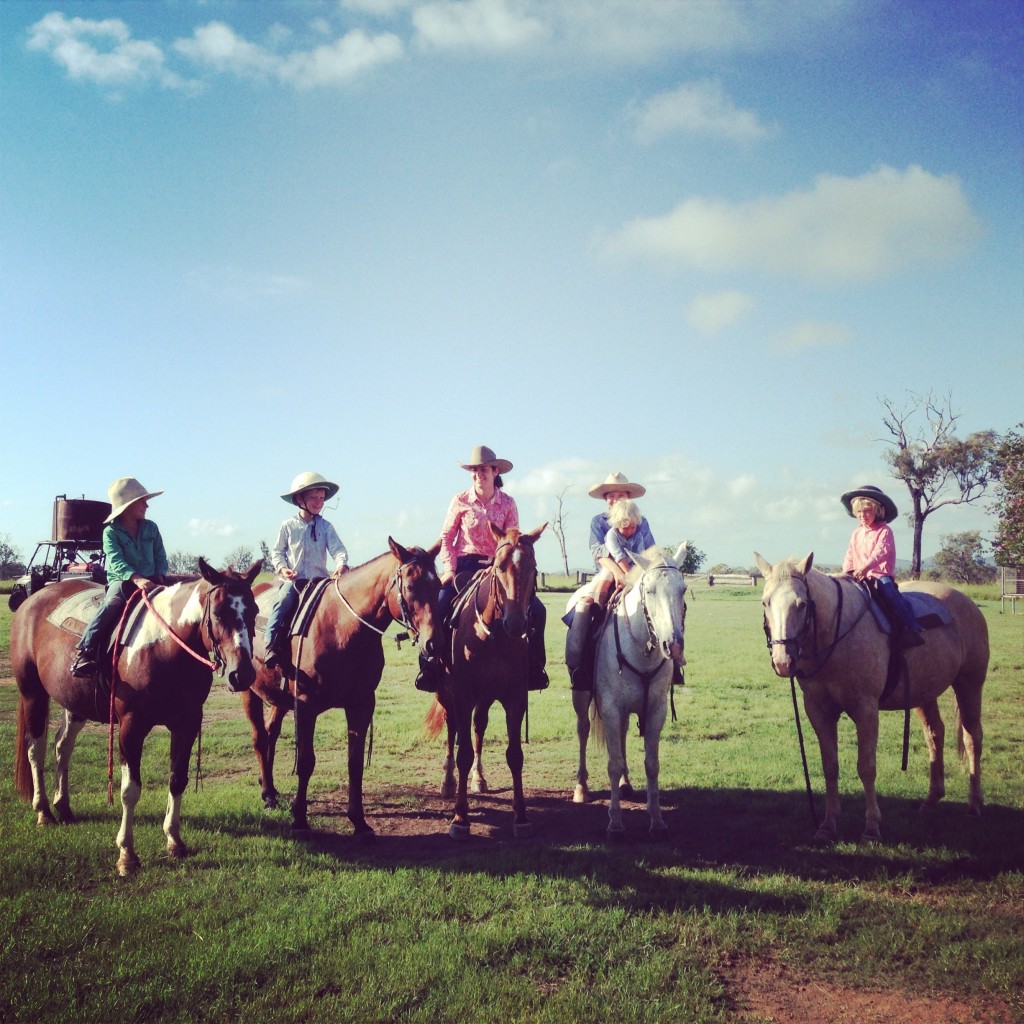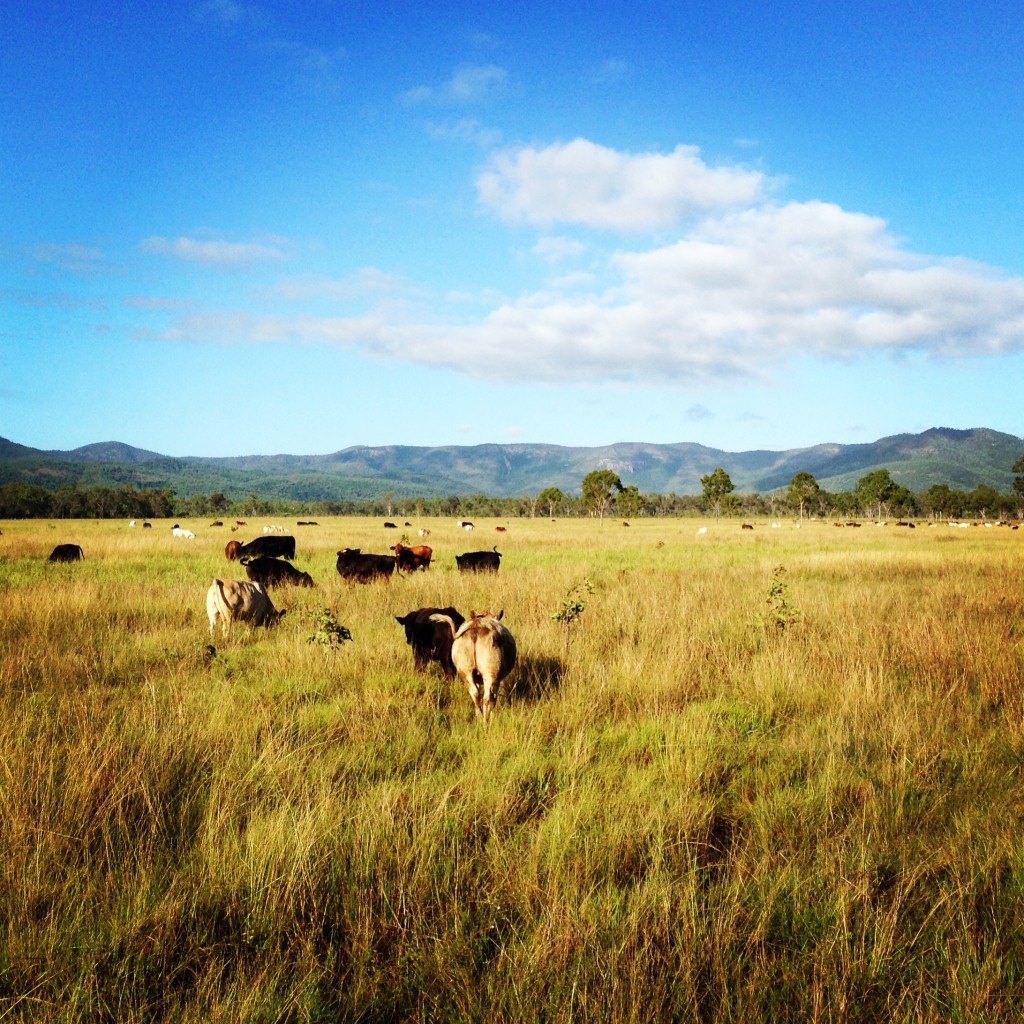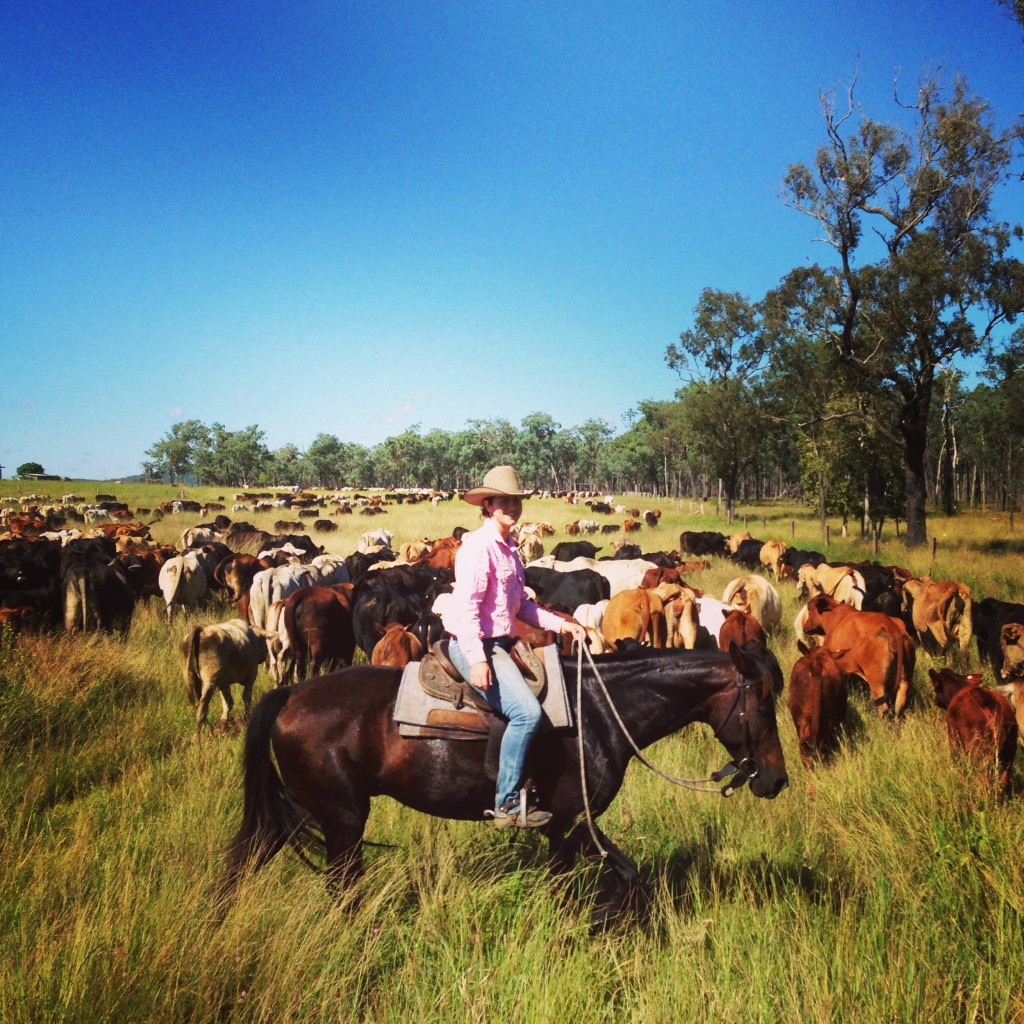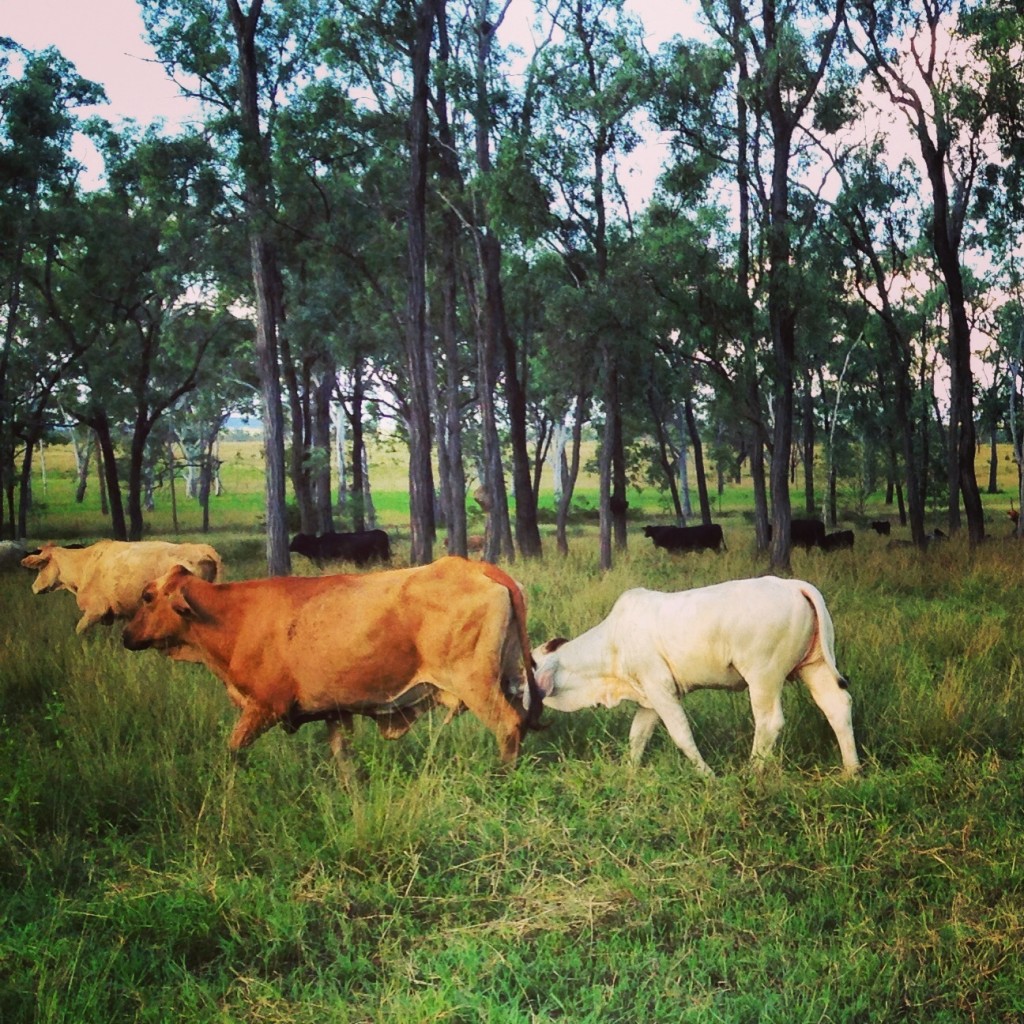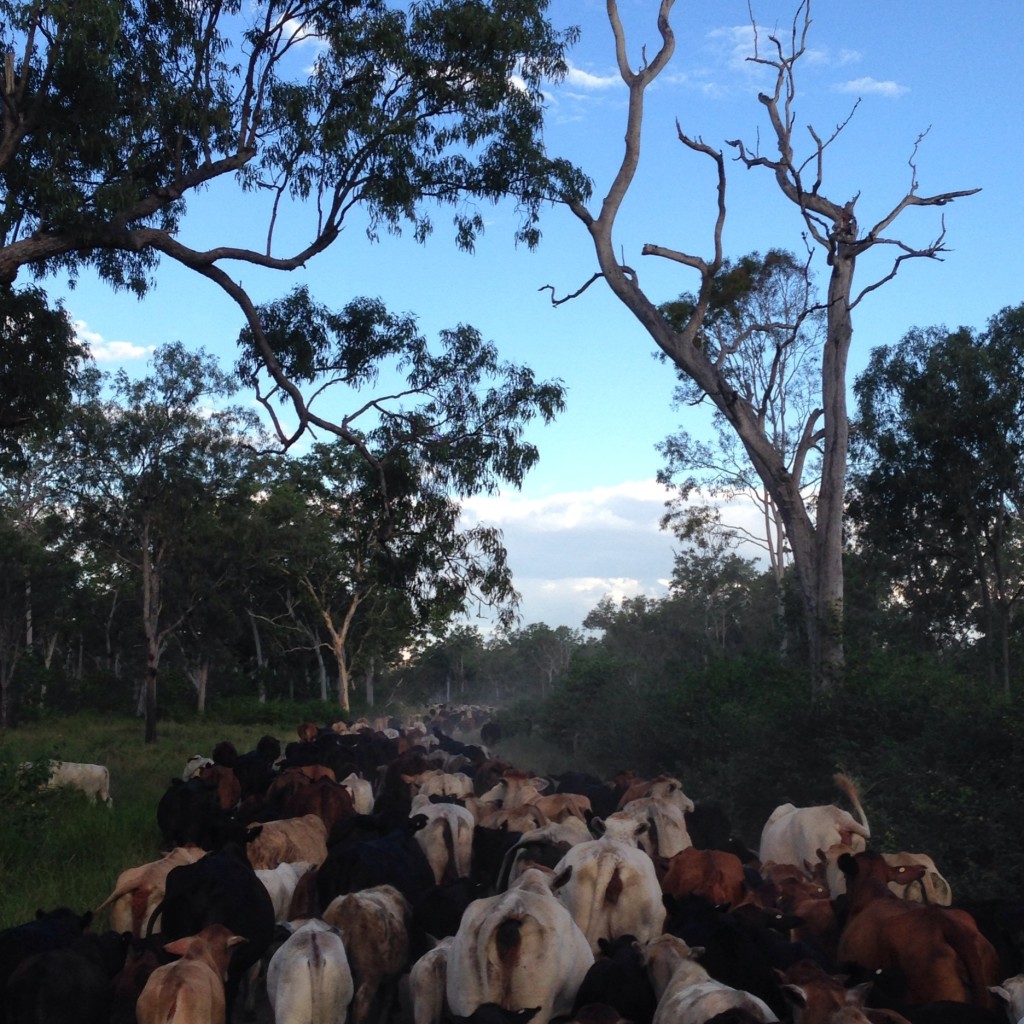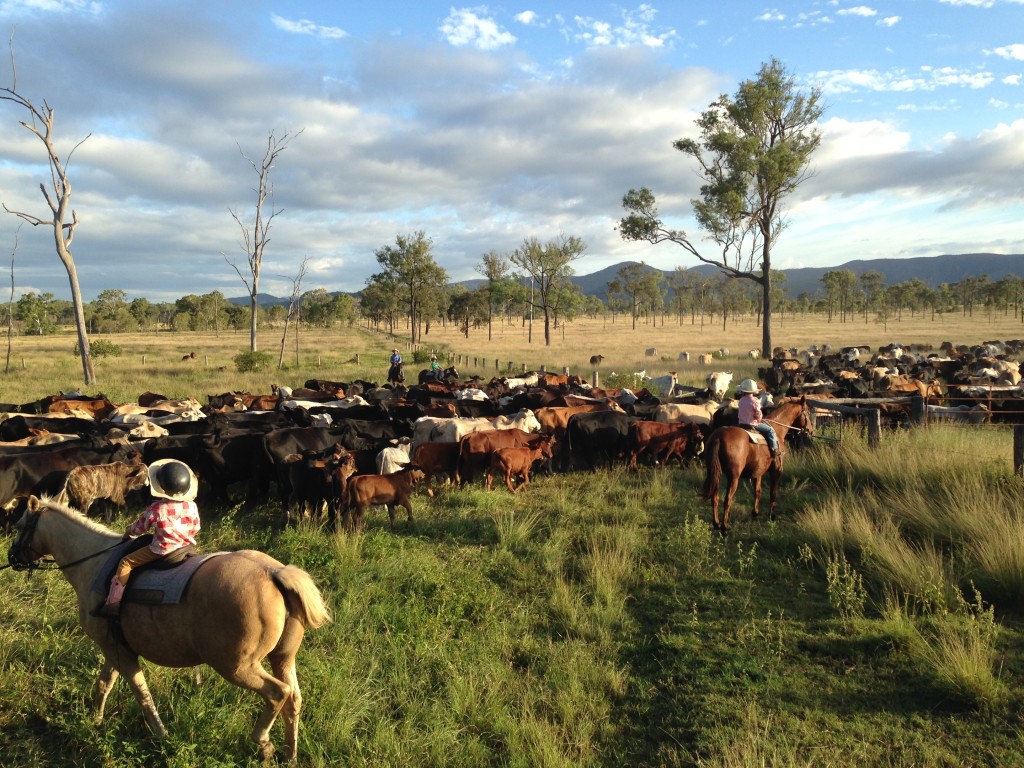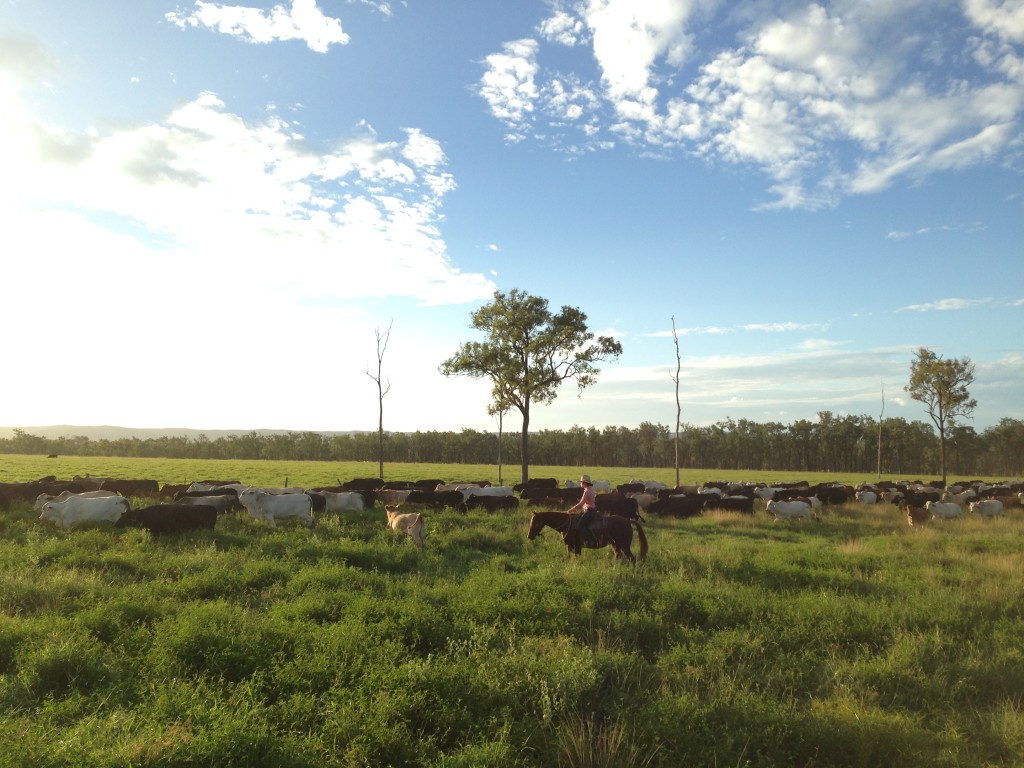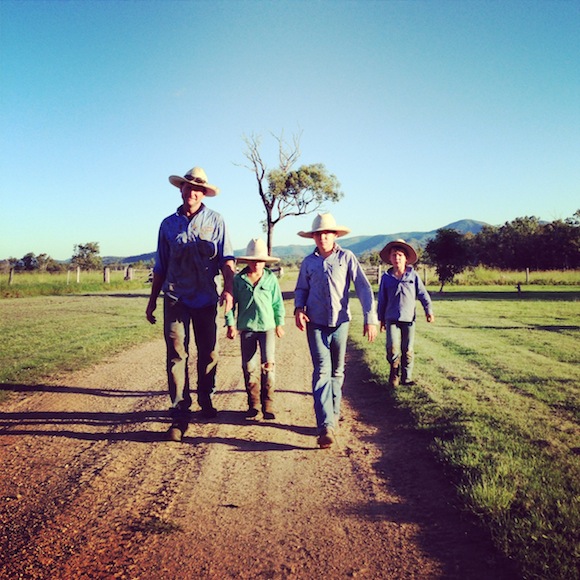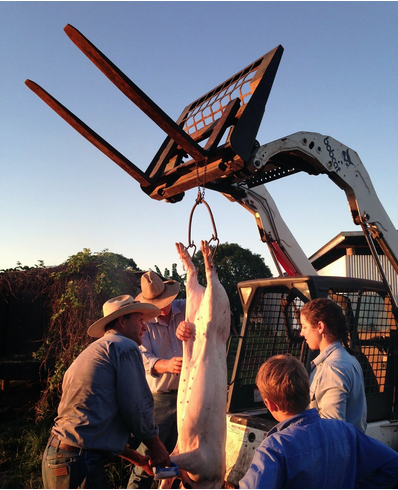Weaning time
Host: Mystery Park
Written by Tess Camm – Owner, Mystery Park.
At ‘Mystery Park’, our weaning date depends on body condition score of the lactating cows, which is affected by the available nutrition and the cost of supplementing. Leave the calves on too long and the cow loses too much condition to re-conceive next year. Wean the calves too early and we suffer productivity losses as calves on milk have far greater weight gains than those on pasture. Why gamble when you can farm? It’s a judgement call, but we rolled the dice and left the calves on milk until the last week of April.
This week also proved convenient as it coincided with school and uni holidays – this allowed all hands to be on deck for the muster!
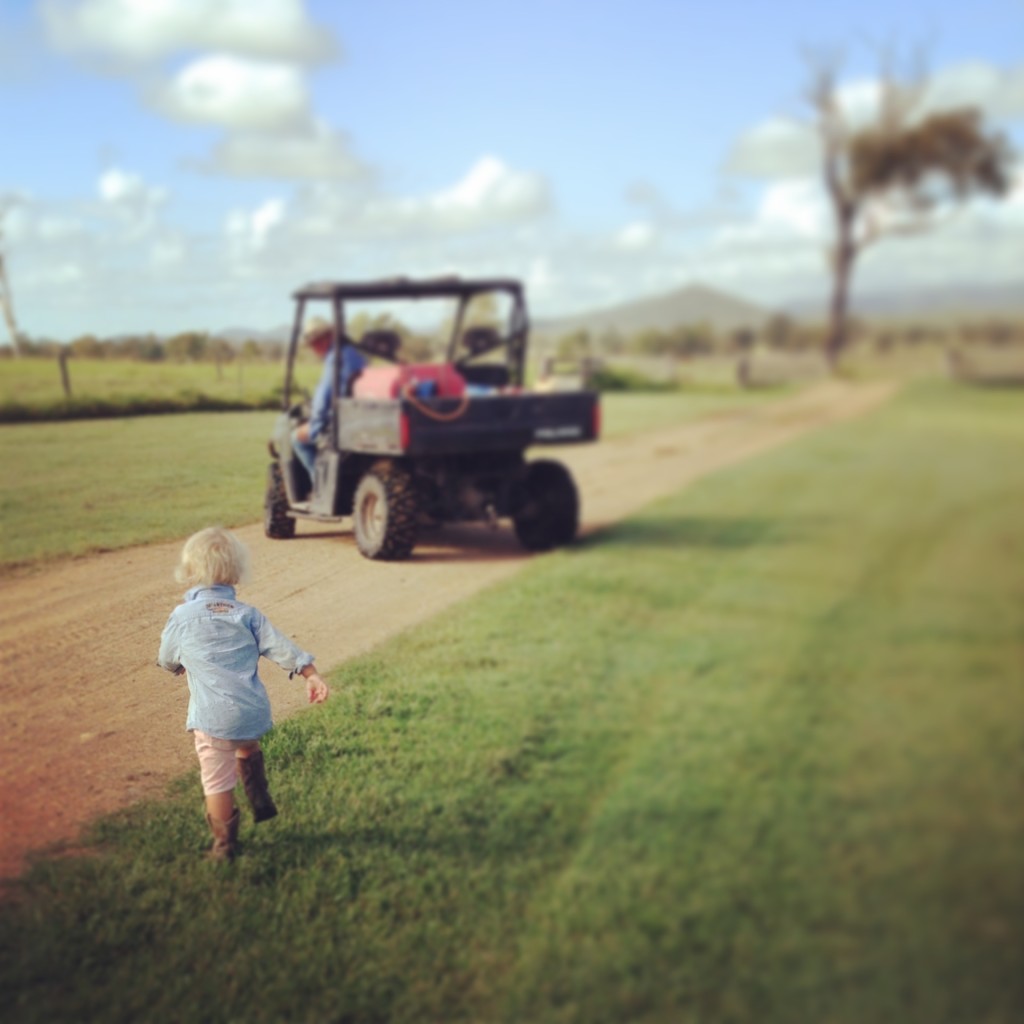
The breeders and their babes were gathered quickly. Three boisterous young chaps all competing against each other in the race of ‘Who got the most cows’ and ‘Who has the sweatiest horse’ – the cows had no chance! We sensible girls conserved our energy for the drove home to the house yards. The cattle are well behaved, but they outnumber us 100 to one.
A handy side effect of rotational grazing is the cows and calves are used to being mustered, and tend to keep calm and stay together during the process. The calves also have a lot more respect for the process, and a less likely to get in an excited bunch at the lead of the mob. Having cattle exposed to regular musters not only makes the job more enjoyable, the cattle are less likely to trot about and stress. In an industry built on margins, I think it is important to note that if a stressful muster causes a 1% body weight loss on a 500kg cow, multiply this effect out on the mob of say 400 head of cattle, then take into consideration the price of beef. We find it certainly pays off to have calm musters.
Back to the muster, we chose a route home to the house yards that followed the access road. I took the lead (mostly so I could take cool photos), Andrew, my ten year old brother took the right wing, and Lachlan, my eight year old brother took the left wing. Mum, Dad, Hamish (6 years old), Adelaide (5 years old) and Eliza (2 years old) had the challenge of keeping the mob moving, despite the cows’ best efforts to graze.
By late afternoon, we had the mob walking into the house paddock.
The next day dawned and we set about drafting, separating the cows from the calves. We are fortunate to have a very functional set of yards, so Dad and an alternation between Andrew and Mum take care of this leg of the operation. It was my job to weigh and record the calves. Lachlan swung the draft gate for me, his photographic memory giving a running commentary of each calf’s life story as it came onto the scales. Hamish, Adelaide, and Eliza hustled back and forth along the calf race bringing up ‘more beef’.
We finished in time for a very late lunch, grateful for the change of pace the afternoon had in store for us. After the calves are weaned and provided with fresh hay, there is little left to do for the day other than let them acclimatise to independent life. We allow the breeders to graze a paddock close to the yards for the day after weaning, allowing them to ‘bellow out’, or accept the fact that their babes are weaned.
Never known to sit idle, we took the opportunity to put a pig in the fridge! We have a breeding pair of Berkshire pigs, meaning a litter of piglets are born periodically. It’s the kids responsibility to feed the piglets, and once they are fat and ready, we make them into ham, bacon and pork!
It’s quite the affair, requiring the bobcat to come home from the fenceline to lend a hand. The pig is drafted from his mates and taken to little piggy heaven. Meanwhile the kids stoke a hot fire under an old cast iron bathtub and heat the water to the perfect temperature for scalding the hair off the carcass. We then lower the pig into the water, and begin to scrub the hair off using the highly evolved technique of vigorously rubbing a post hole shovel back and forth along the body. Once the majority of the hair is scalded off, we lift the carcass from the bath using the bobcat.
Whatever hair remains after scalding and scrubbing is then shaved off the skin with a sharp butchers knife. Then it is all hands on deck to split the body into two carcass halves, and remove the gut and waste. The bobcat is then lifts the carcass around to the coldroom, where it will chill until we can spare a moment to break the carcass down.
A week or two later we enjoy the delicious spoils of homegrown and smoked bacon!

